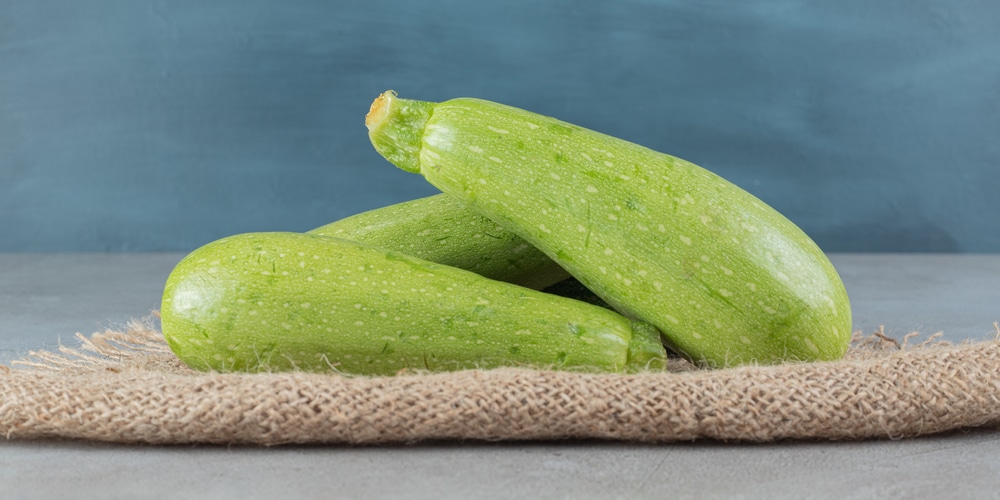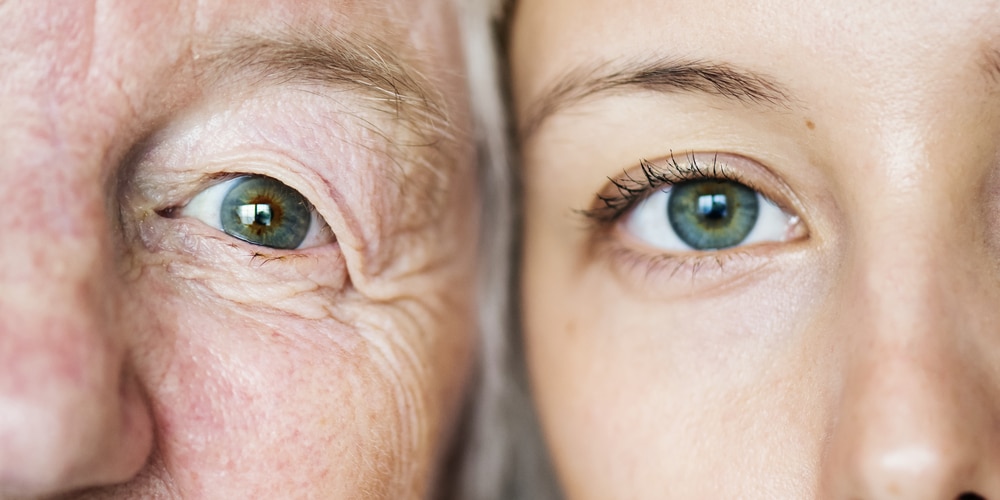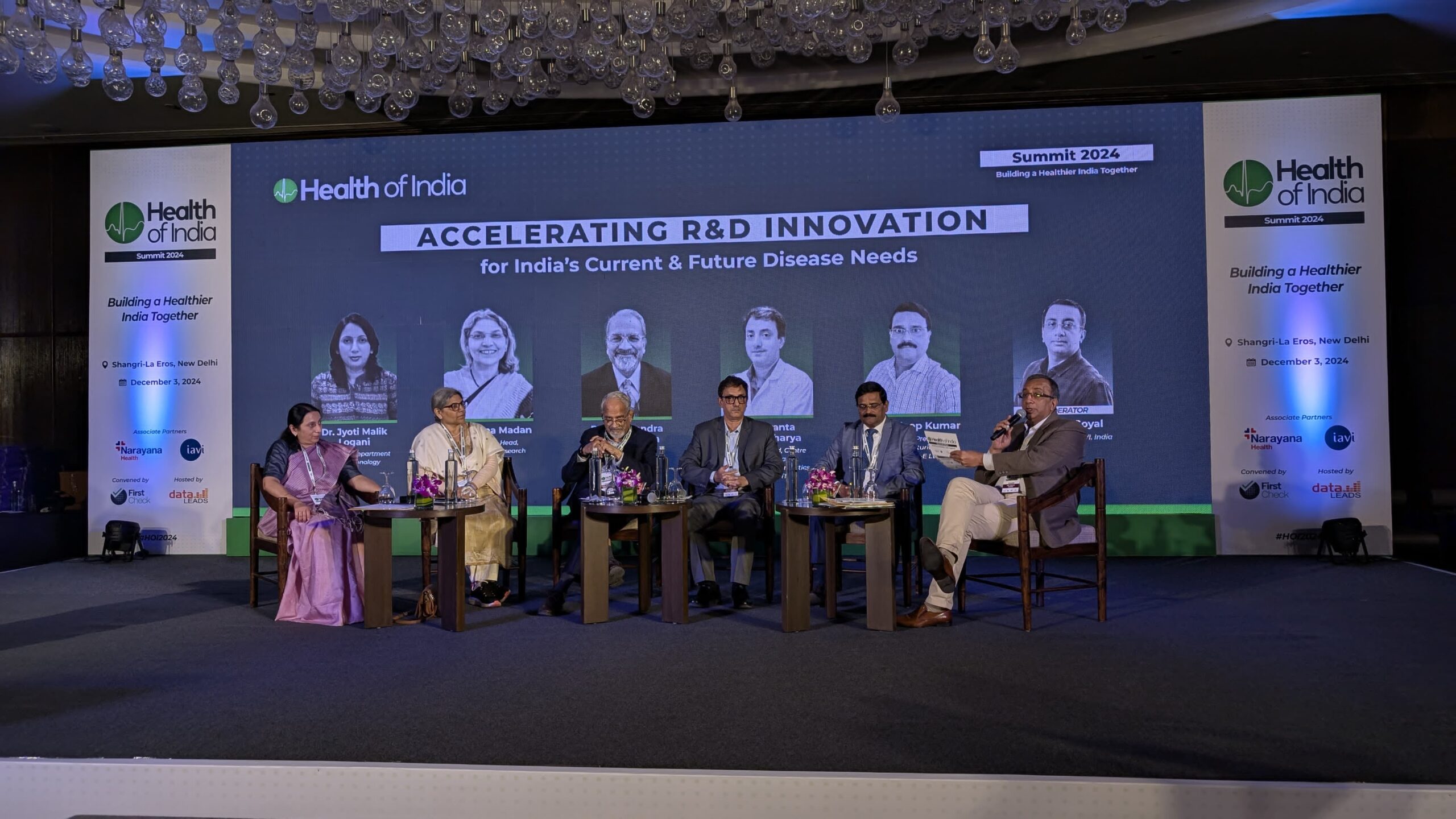Latest
National Dengue Day 2025: India steps up fight against mosquito-borne diseases
All Indian ports have been asked to intensify monitoring as dengue, Zika, and chikungunya risks rise
Author

Sneha Richhariya is a reporter based in New Delhi, India. Her work focuses on health, environment and gender. She is the recipient of UN Laadli Media Award 2024 and Human Rights and Religious Freedom (HRRF) Award 2023. She has received fellowships from Internews Earth Journalism Network, Health Systems Transformation Platform (HSTP), Deutsche Welle Hindi, Report for the World and National Coalition for Natural Farming (NCNF). She has written for organisations like Deutsche Welle, Scroll, Mongabay India, South China Morning Post (SCMP), Newslaundry, Himal Southasian, The Third Pole, The Quint, IndiaSpend and Article 14.
View all posts
Author

Sneha Richhariya is a reporter based in New Delhi, India. Her work focuses on health, environment and gender. She is the recipient of UN Laadli Media Award 2024 and Human Rights and Religious Freedom (HRRF) Award 2023. She has received fellowships from Internews Earth Journalism Network, Health Systems Transformation Platform (HSTP), Deutsche Welle Hindi, Report for the World and National Coalition for Natural Farming (NCNF). She has written for organisations like Deutsche Welle, Scroll, Mongabay India, South China Morning Post (SCMP), Newslaundry, Himal Southasian, The Third Pole, The Quint, IndiaSpend and Article 14.
View all posts
- admin / 3 weeks

- 0
- 3 min read

Author

Sneha Richhariya is a reporter based in New Delhi, India. Her work focuses on health, environment and gender. She is the recipient of UN Laadli Media Award 2024 and Human Rights and Religious Freedom (HRRF) Award 2023. She has received fellowships from Internews Earth Journalism Network, Health Systems Transformation Platform (HSTP), Deutsche Welle Hindi, Report for the World and National Coalition for Natural Farming (NCNF). She has written for organisations like Deutsche Welle, Scroll, Mongabay India, South China Morning Post (SCMP), Newslaundry, Himal Southasian, The Third Pole, The Quint, IndiaSpend and Article 14.
View all posts
India is marking National Dengue Day on May 16 amid growing concerns over a potential surge in mosquito-borne diseases during the monsoon season. With the early onset of rains increasing the risk of infections like dengue, chikungunya, Zika, and yellow fever, the Union Health Ministry has directed all air, sea, and land ports to step up surveillance and urged concerned departments to intensify preventive and control measures.
Dengue’s growing footprint in India
Dengue (transmitted by Aedes aegypti and Aedes albopictus mosquitoes), thrives in India’s tropical and subtropical climate. The National Center for Vector Borne Diseases Control (NCVBDC) notes that all states and Union Territories, except Ladakh report cases, with urban hotspots like Bengaluru and Kolkata driving outbreaks.
In 2024, Karnataka alone recorded 32,886 occurrences, spurred by urban breeding areas such as construction zones and stagnant water bodies. The disease peaks after the monsoon season (August-November), with 90% of cases occurring during this time, when rain produces breeding grounds. Climate change has expanded mosquito ranges to areas such as Nagaland since the past one decade, exacerbating the danger.
Factors fueling dengue’s spread
Multiple variables contribute to dengue’s persistence. With 34% of India’s population now living in cities, slums and construction sites with poor sanitation serve as breeding grounds. Climate change exacerbates this, since irregular monsoons and rising temperatures increase mosquito populations.
A 2025 study in Pune found temperature, rainfall, and humidity influence dengue mortality with a 2–5-month lag, underscoring climatic impacts. Human practices, such as storing water in uncovered containers, enable breeding, while transovarian transmission (mosquitoes passing the virus to their eggs) sustains the cycle.
Government guidelines and surveillance
On May 7, 2025, the Union Health Ministry issued an advisory mandating pre-monsoon situational analyses, larval habitat surveys, and micro-mapping of breeding sites within 400 meters of ports. It also calls for monitoring symptoms among port staff and travelers, classifying high-risk zones, and targeting interventions at construction sites, which are notorious breeding hubs.
Innovations and challenges ahead
Research offers hope. In 2024, Panacea Biotec advanced phase 3 trials for DengiAll, a tetravalent vaccine targeting all serotypes, with the potential to transform prevention. Biological controls, such as Wolbachia-infected mosquitoes, are under trial to curb transmission.
Despite improvements, obstacles persist. Rural women have limited access to care due to socioeconomic factors such as poverty and gender stereotypes. Urban breeding grounds, such as under-construction skyscrapers, require focused interventions. Dengue’s complicated immunology, in which previous infection with one serotype might exacerbate subsequent illnesses, challenges vaccine development.
Also read: WHO launches global plan to tackle dengue as cases surge over 12.3 million this – First Check
“Do you have a health-related claim that you would like us to fact-check? Send it to us, and we will fact-check it for you! You can send it on WhatsApp at +91-9311223141, mail us at hello@firstcheck.in, or click here to submit it online.”
Author

Sneha Richhariya is a reporter based in New Delhi, India. Her work focuses on health, environment and gender. She is the recipient of UN Laadli Media Award 2024 and Human Rights and Religious Freedom (HRRF) Award 2023. She has received fellowships from Internews Earth Journalism Network, Health Systems Transformation Platform (HSTP), Deutsche Welle Hindi, Report for the World and National Coalition for Natural Farming (NCNF). She has written for organisations like Deutsche Welle, Scroll, Mongabay India, South China Morning Post (SCMP), Newslaundry, Himal Southasian, The Third Pole, The Quint, IndiaSpend and Article 14.
View all posts










